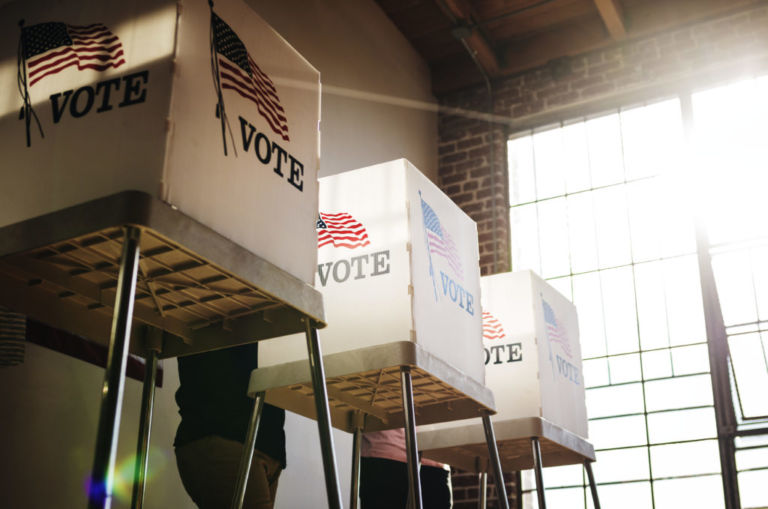1. Renewable energy welfare queens receive nearly $300 million in tax credits — and that’s not all
As I write this, what is turning out to possibly be the most powerful crony special interest in North Carolina is fighting to keep part of its welfare money flowing. A regulatory reform bill that reduces the amount of super expensive solar energy that North Carolina electricity users are forced to buy and also eliminates an 80 percent property tax exemption that has been handed over to solar interests is about to be voted on in the NC House. If it passes, it would then move to the Senate. It should be noted that, except for charities and churches, no other industry receives this kind of property tax gift. Even farmers only receive a 50 percent exemption.
But not included in this bill is the renewable investment tax credit, which has ben an open spigot for solar energy interest that is connected directly to the taxpayer’s wallet. A recent study by North Carolina’s Department of Energy and Natural Resources (DENR) tells the story. Over a 3 year period from 2010 to 2012, about $281.7 million was dolled out in tax credits. To put this in perspective, Governor McCrory’s proposed state budget for the next two years has a teacher pay increase package that includes higher pay for all new teachers and stepping up of pay increases for all other teachers with a price tag of $111 million.

2. The ozone season is back and so are our reports
Since this newsletter was started, I have been including weekly data on ozone levels across the state as reported by the state’s Division of Air Quality. Last year’s ozone season was the best on record for North Carolina. There were zero high ozone days reported for any of the 40 monitors across the state.
The 2015 ozone season began on April 1 and, as in the past, each week during the ozone — often called smog– season, this newsletter will report how many, if any, high ozone days have been experienced throughout the state during the previous week, where they were experienced, and how many have been recorded during the entire season to date. According to current EPA standards, a region or county experiences a high ozone day if a monitor in that area registers the amount of ozone in the air as 76 parts per billion (ppb) or greater. The official ozone season will end on October 31st. All reported data is preliminary and issued by the North Carolina Division of Air Quality, which is part of the state’s Department of Environment and Natural Resources. Thus far this season, there have been no high ozone days recorded on any of the state’s monitors.
The table below shows all of the North Carolina’s ozone monitors and the high reading on those monitors for each day of the 7 day period, April 27-May 3.

Click here for the Economics & Environment Update archive.
You can unsubscribe to this and all future e-mails from the John Locke Foundation by clicking the "Manage Subscriptions" button at the top of this newsletter.


